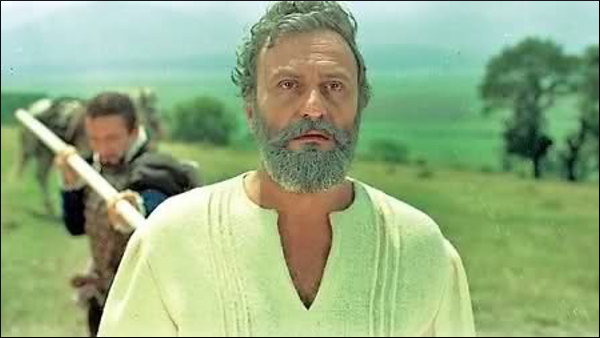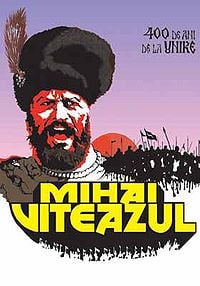In the Romanian historical epic, Miahi Viteazul (Michael the Brave), Director Sergiu Nicolaescu leads the viewer through the eponymous ruler’s conquests, defeats, and triumphs. Following the prince of territories now composing Romania, the film skillfully brings to life a bygone era, and proves the most ambitious and historically accurate portrayal of Michael the Brave’s reign that’s ever been attempted.
"America’s leading film studio, originally wanted to produce it using only American actors, however the Romanian communist regime rejected this on the grounds that they preferred an entirely Romanian cast. With luck, because what has resulted has become one of the most famous epics in cinematography."
The movie plot develops parallel to Michael the Brave’s conquests, following the prince on his feat to unite Wallachia, Moldavia, and Transylvania into a single territory between 1593 and 1601 –despite unrelenting animosity from the Ottoman and Austrian empires. Eventually, his army conquers the Ottoman region, led by Mehmed Selim Pasha, for whom “ cel mai mare dar din lume este puterea ” (the biggest prize in the world is power). Michael continues this streak by winning the Battle of Calugareni, yet then faces an uprising inflamed by the Hungarian Bathory noble family. The movie ends with Michael the Brave professing his loyalty towards the Romanian people, stating, “ Vreau ca acest popor sa-si dea sama ce poate ” (I want this country to realise its abilities).
The language used in the movie is very representative of the era of Romanian culture it portrays. The vocabulary is very archaic and laden with regionalisms such as : “ a te căi ” (to regret or repent), “ a izbuti ” (to succed), “ as da sama ” (to realise), “ malai ” (corn flour), and “ pohta ” (an archaic term for the standard “pofta,” meaning “desire”).

The fast-paced action and large-scale battle scenes make for compelling viewing. The most epic being the Battle of Calugareni, in which 120 thousand Ottoman soldiers invade Wallachia with the aim of conquering it. Waves and waves of men carrying “ sabii ” (swords), “ scuturi ” (shields), “ sulite ” (spears), “ tunuri ” (cannons), and “ armura ” (full-body gear) flood in, and the ensuing battle is atrocious.
In addition to the blockbuster battle scenes, Nicolaescu’s selection of actors and set details produce an even more convincing depiction of the great conquerer. Dedicated performances by Amza Pellea, coinciding with the inclusion of hundreds of movie extras to fill the battle and city scenes, re-create an era. Throughout the three years of production, Nicolaescu switched between Istanbul, Vienna, and Persia to generate an accurate representation of the geography of Michael the Brave’s territories from that time.
This film has received acclaim internationally. Rumour has it that Columbia Pictures, America’s leading film studio, originally wanted to produce it using only American actors, however the Romanian communist regime rejected this on the grounds that they preferred an entirely Romanian cast. With luck, because what has resulted has become one of the most famous epics in cinematography.



